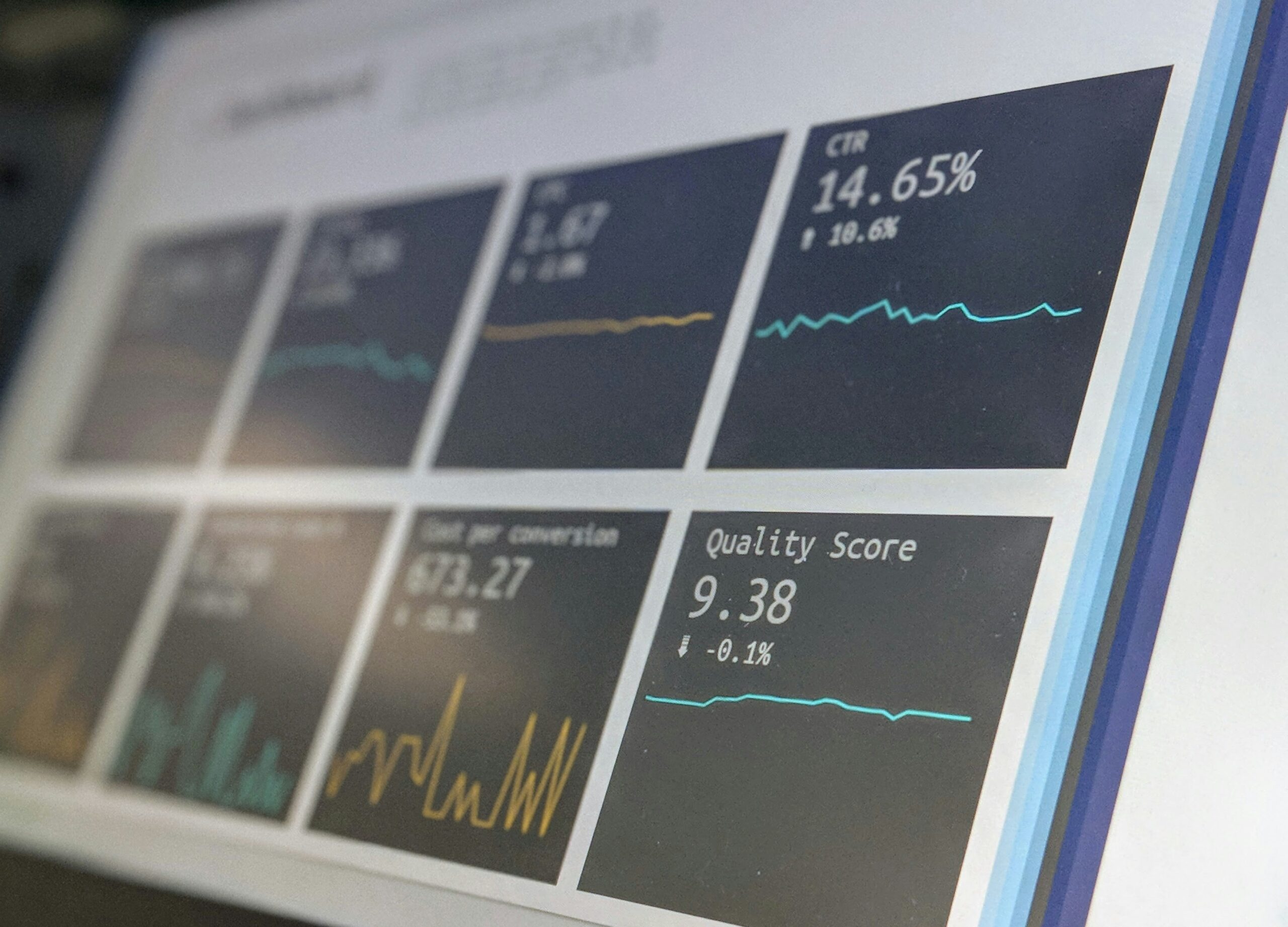Common Concerns with Generative Artificial Intelligence
How do we approach the safe use of Generative Artificial Intelligence?
I have privacy concerns with my users using AI
I need help with building internal use cases for AI
There is so much change in the AI space right now, how do I know which LLM or Foundational Model(s) to choose?
How can I safely ingest our data into a platform for our users to use? Do I need to have all of my data catalogued?
What if I need/want to use different models within AI?
How do I control the utilization and costs of AI use?
How do we train ourselves on building AI prompts?
How we lead from behind, artificial intelligence is changing the way we lead with technology in the organization?
How C3 approaches Responsible AI and Helps Enterprises Build an AI Enhanced Workforce

2. Remaining Worker-Centric
Shifting our language away from solely discussing the capabilities of a large language model or technical aspects, towards engaging in business-focused conversations about artificial intelligence, makes it more approachable for those who are not deeply immersed in AI. This approach allows for more inclusive discussions about how C3 aims to support organizations integrating this new technology.
We work with organizations to help them set goals across three main archetypes, in their organization and work out specific use cases associated with it.

4. Data Fueled or Flooded?
An evident challenge we consistently encounter pertains to data-related issues, a matter that you likely encounter frequently. Whether familiar with your organization or similar ones, it’s apparent that addressing this predicament remains a widespread challenge, without intending any offense. This ongoing issue significantly impacts AI operations on a daily basis.
You can’t skip this step, and what we see is organizations that fall in one of two categories. We’re flooded with data we have it everywhere, we treat it like it’s a liability, it’s too expensive to host, we let everybody kind of keep everything everywhere and we’re not sure what it’s for, it’s kind of dangerous because we don’t know what’s in there, its kind of a mess. Then we see organizations that are fueled by data, there are many fewer in this category. We think this is aspirational for a lot of folks and they treat their data like it’s an asset. It’s how we make decisions, it’s how we take care of our customers and how we empower our partners to help us be successful. Artificial intelligence represents an opportunity for us to shift our attitude towards our data.

6. Challenge the Challenge
Start with the Five Piller Framework- revenue growth, operational efficiency, customer satisfaction, staff engagement, and foster innovation
Moving beyond predictions; three major challenges are:
Consumer engagement
Internal Operations
Competitive Edge
AI can swiftly impact innovation within an organization compared to the traditional slow implementation process.

8. Buy, Build or Joint Venture?
Do we buy it? Do we build it? Or do we buddy up with some other organization that can help us bring it in? We have expertise across all these areas, and there isn’t a singular correct solution. It is determined by what is the best fit for your organization and its current business model.
Buy it – In most cases there’s a tool, an operating system, that has already solved a particular challenge. We believe that if this is incidental to your domain of expertise in your business, you probably should look at buying it, because building your own AI tools requires a certain amount of domain expertise like we talked about before.
Build it – Our approach entails evaluating whether this particular problem domain could potentially disrupt our business landscape. Should another entity develop a solution in this realm, serious consideration regarding investment in intellectual property becomes imperative. Failing to do so prompts contemplation about the future trajectory of your business. What does the landscape of your enterprise resemble in 5 or 10 years if another entity takes the lead in innovation and implementation within this space, leaving your business at a potential competitive disadvantage?
Buddy-up – There are thousands of organizations that don’t have the capacity to build their own, and so they need to bring in an organization that not only can handle the technology associated with it (think development), but the commercialization of that platform to make sure that it can disrupt an external market, or generate a new revenue stream for the organization.

10. Be Specific
Depending on your situation, C3 Technology Advisors would recommend an AI Strategy for 2024 and beyond that provides specific recommendations that help your organization avoid some common mistakes. Take a worker centric approach, not a tool or technology approach.
1. Finding a Focal Point
The ability to grow and lead a human centric workforce is going to be the differentiator between laggards and leaders and the haves and have nots. C3 Technology Advisors proficiency as leaders lies in empowering workforces and implementing innovative management strategies.
Much of today’s focus in artificial intelligence revolves around the technology itself. People often delve into discussions about specific models like Bert, Transformer, Computer Vision, Chat GPT4, or Palm 2, getting caught up in the semantics of the technology. However, this fixation causes our organizations to lose sight of the broader purpose behind utilizing that technology. We’ve discovered success by shifting away from conversations solely about technical platforms and instead aligning our attention with our organizational goals, ensuring they resonate with our AI initiatives and use cases.

3. Leading from Behind (think AI Immersion Workshops)
Artificial intelligence brings this idea of leading from behind. This is not a new idea, but it’s new in a lot of organizations so let’s dive into this.
The first motion we see when a new technology comes out, is that we’re going to build a center of excellence and we’re going to centralize the knowledge and leadership around this technology into a group of brains in a jar that we put on a shelf somewhere and they’re going to think like really deep thoughts about artificial intelligence.
We want to see governance and management happen alongside AI development, not so much as a critical path item along to getting your product into production. In some cases, we invest time with the organizations we work with and our partners to help push these governance capabilities down into a multi-disciplinary team that is trained on AI governance, and we’ve put some pillars here on the right.

5. Novelty vs Necessity
Is artificial intelligence a novelty or a necessity? We see five different categories, from the easiest to the most difficult and we’ll get into specifics around this.
These five categories include:
Hyper personalize experiences that were once not available
Force multiplication and can we do more with less
Autonomous Workers
High volume capability expansion
Novel Capabilities- what are the things AI can do that people can’t?

7. Room for All
With artificial intelligence, there’s a place for everybody to start, and we can discuss these different archetypes of organizations we encounter. This is not intended to be like bad on the left, and good on the right, this is just a different scale of needs in organizations.
The archetypes that we see and have outlined include:
What kind of budget do you have allocated?
What kind of access to talent do you have?
What kind of strategic initiatives can be disrupted by artificial intelligence?
There’s a whole set of parameters that we can provide to you and you can use those to plot where your organization exists on this.

9. Get to the Point
Outline specific goals for enhanced workforces.
First Goal: Coverting roughly 10% of your organization’s knowledge workers, to being assisted workers by the end of 1 year of implementation.
Second Goal: Creating augmented workers to create new capabilities or enhance a worker’s level of expertise and we identify one functional area of the organization to implement an augmentation proof of concept.
Third Goal: Identify and investigate a component of your business value chain that’s ripe for disruption by autonomous workers.

Additional Resources
Responsible AI Policy
Start a responsible AI policy with our free guide!
Work with a C3 Advisor
Leverage the expertise of an advisory team from C3 Technology Advisors! Start your responsible AI strategy with a team of experts!




